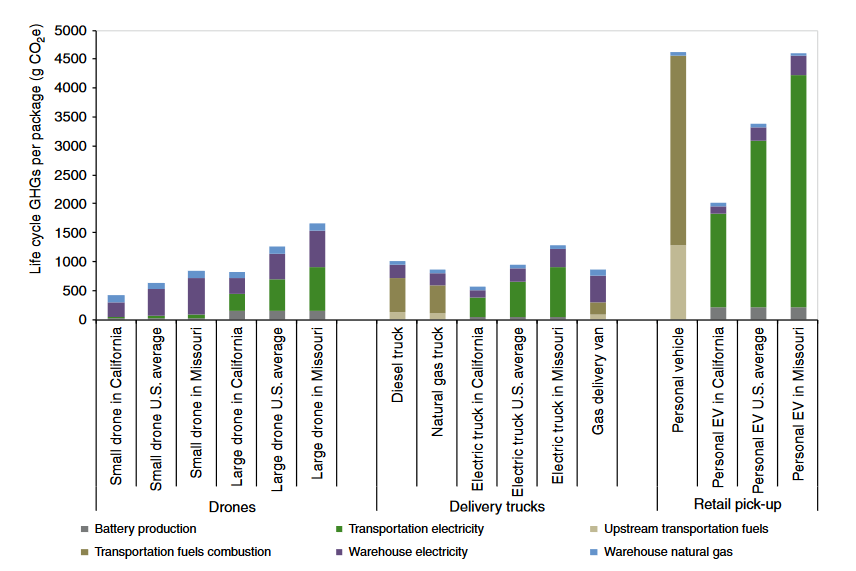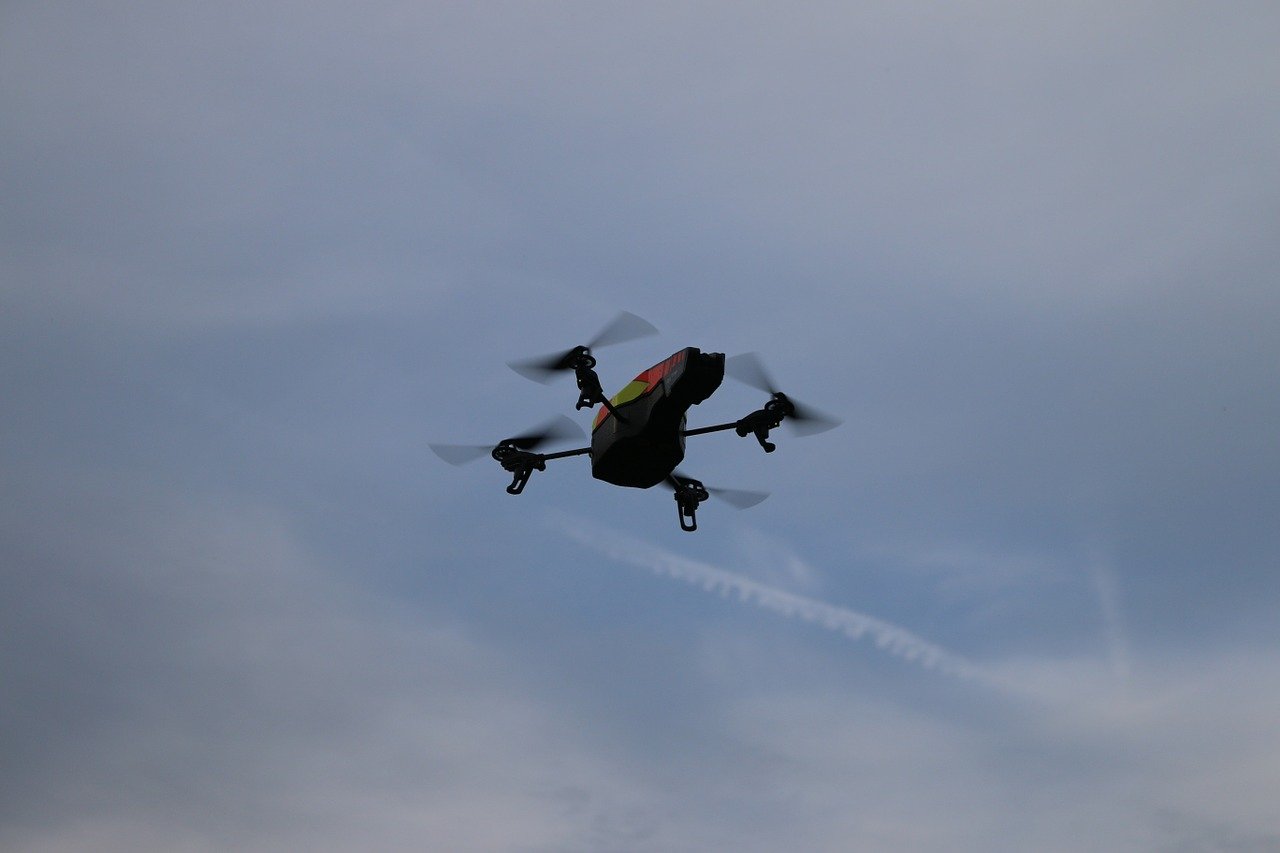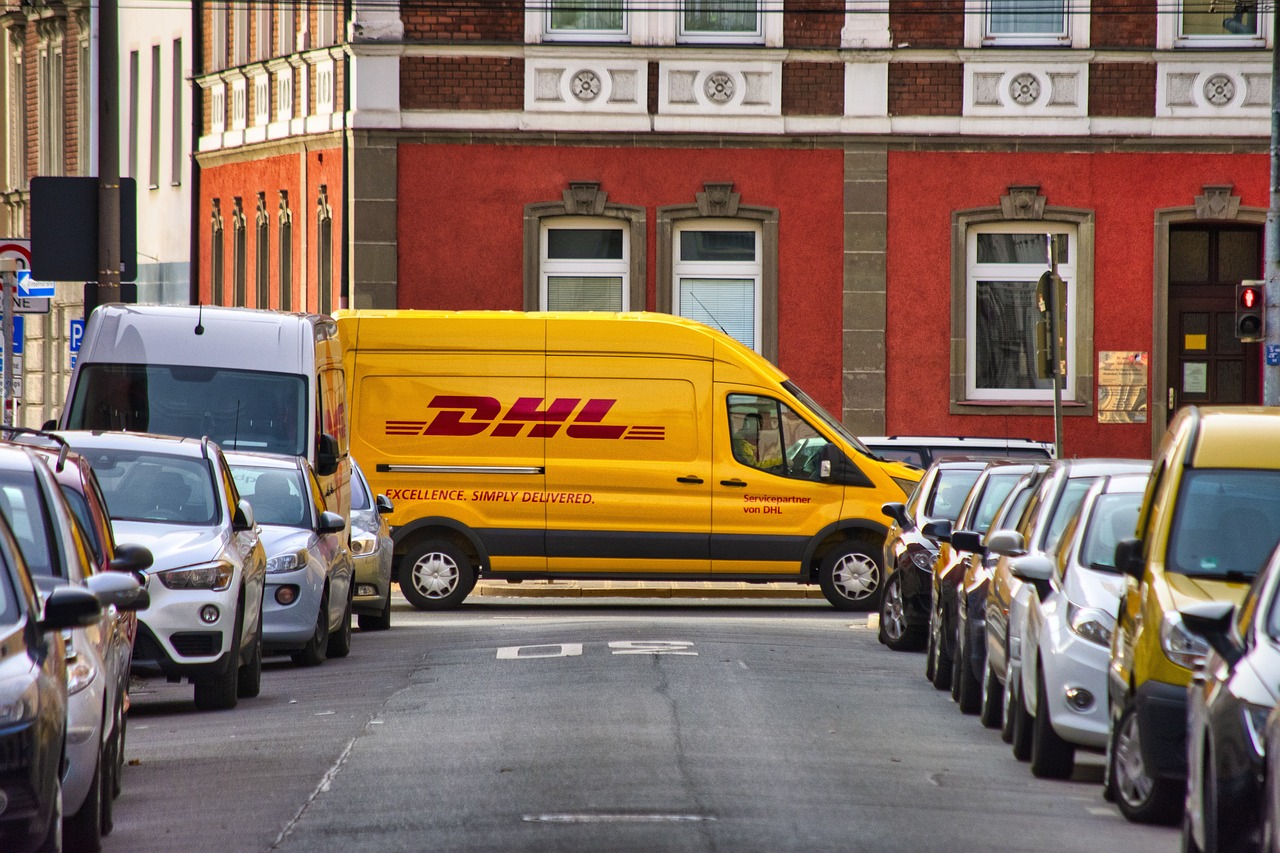Many delivery companies started testing drones to deliver the goods to the customers. The idea is to cut on delivery costs, but also to minimize the CO2 emissions in the atmosphere. And sure, drones are powered by batteries, which makes them zero-emission vehicles, which should translate in significant cuts in emissions.
However, according to a study made in California, drone deliveries aren’t always the best solution to minimize CO2 emissions. The team composed of people of the Livermore National Laboratory, Carnegie Mellon University, SRI International and the University of Colorado-Boulder found some exciting discoveries regarding drone deliveries.
For shorter deliveries, drones are clearly more efficient and less pollutive. More precisely, drones produced only 0.42 kg of CO2 for a small package (up to 0.5 kg), compared to 0.92 kilograms if the package was delivered with a truck.
That’s more than a 50% reduction of emissions in states like California, where most of the electricity is made from renewables. In Missouri, on the other hand, the reduction in CO2 will be only 23%. The reason is pretty straightforward – Missouri gets most of its electricity from coal.
However, for longer distances, heavy-duty trucks (even diesel-powered ones) are still a better choice. In these cases, companies should use larger drones (packages of up to 8 kg), which consume much more electricity and are less efficient overall.
In California, large drones were only 9% more efficient than diesel-powered heavy-duty trucks. Furthermore, in Missouri, the large drones emitted more CO2 for a delivered package.
According to the study, the best way to cut emissions for longer deliveries is to use electric vans or trucks. Heavy-duty electric trucks, for example, can carry many more packages than a large drone, which can significantly cut the CO2 emissions per package.

Study published in Nature Communication







